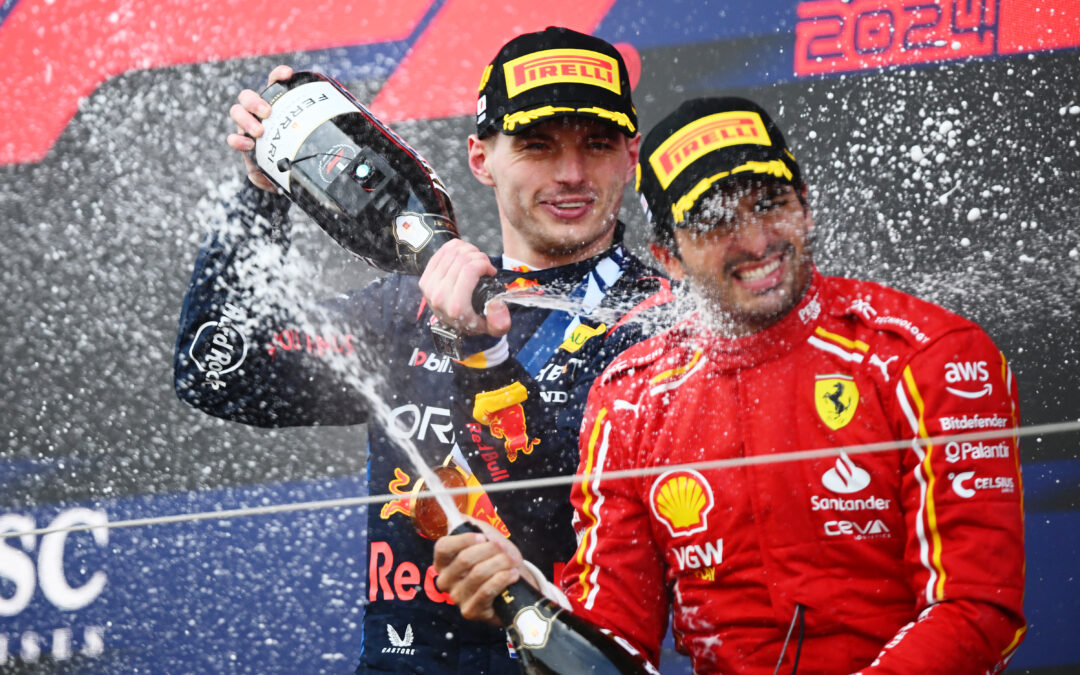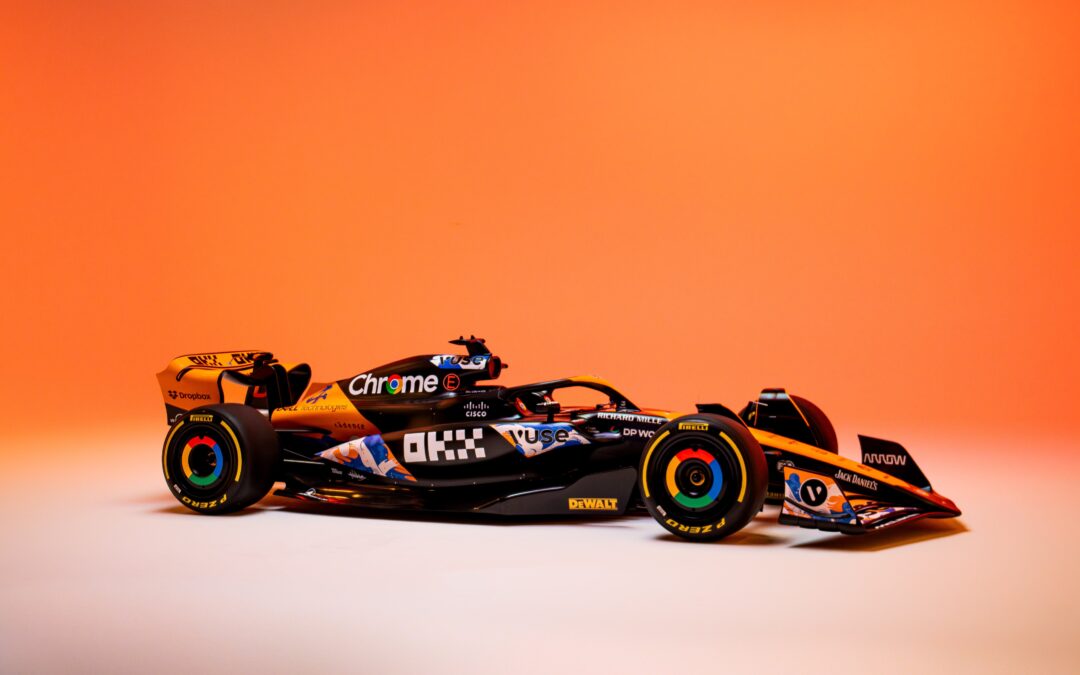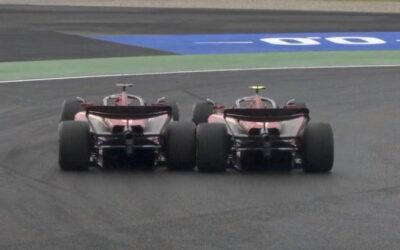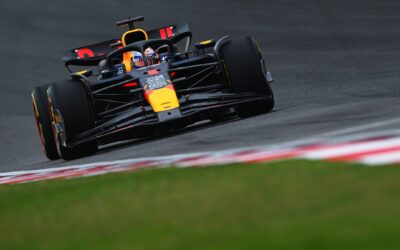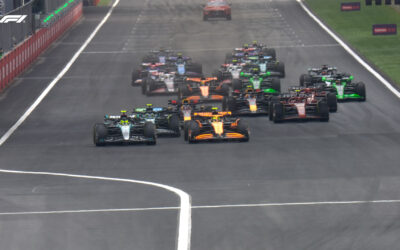US GP: Race Pace Analysis [FP2]
After a year of stop due to the Covid-19 Pandemic, Formula One is back in the United States at the Circuit of the Americas (COTA) in Austin, Texas. This weekend’s main challenge will be the track’s bumpy surface, its elevation and three sectors each with different characteristics and requirements, which will keep the engineers busy with the choice of setup.
A lap around COTA takes fairly long, with the average being in the 1:33s range for Qualifying and in the low 1:40s range when it comes to race pace. Track limits will also be enforced in Turn 9 and 19 especially, as we have already observed during FP1, with many lap times being deleted due to exceeding the limits of the track.
Pirelli’s medium range selection for this weekend (C2, C3, C4) combined with a track with high levels of grip and bumpy in more segments through Sector 1 and 2, hints at a two-stop being the optimal race strategy come Sunday.
The second practice session was rather busy; drivers struggled with traffic both on their qualifying runs and the race pace simulations. A very frustrated Max Verstappen did not hold anything back on his team radio, complaining about traffic, and not even completing his qualifying run. Lewis Hamilton managed to do a 1:34.8 – which would put him at the top in front of Red Bull’s Sergio Pérez, but his lap was deleted due to exceeding track limits at the exit of Turn 19. Later in the session, he only managed a lap time of 1:35.310, set on fourth attempt with the same set of Soft tyres.
Overall, it looks like Mercedes still has quite the edge over Red Bull – while Max Verstappen trails behind, not looking all too comfortable in his RB16B, with teammate Sergio Pérez closer than ever in both sessions.
FP2: RACE PACE ANALYSIS

Mercedes
Since Monza, Mercedes seems to have found new speed; indeed the team from Brackley may be looking to wrap up this year’s Championship with a showing of dominance. After Monza, Sochi and Istanbul, again here at COTA they look like the team to beat. Nevertheless, there are still some doubts about reliability: Valtteri Bottas is to take yet another ICE, his sixth this season, which will result in a 5 place grid drop come Sunday.
Bottas and his teammate however appeared in great form both in the qualifying runs and the race trim, where Hamilton lapped with an average of 1:41.177/lap on the Medium tyre, faster than Pérez (the faster of the two Red Bulls) by almost two tenths per lap. Bottas’s managed a respectable pace on the same tyre too, with an average of 1:41.405/lap but the Finn was soon caught up in traffic, and he would not be the only driver to have his session disturbed by it.
Red Bull
A very frustrated Max Verstappen was the primary victim (or perhaps just the most vocal one) of traffic. The Dutch driver could not set a time during the qualifying simulations, and was again hindered by traffic during his long run. In the race simulation on the Medium tyre, he was 1 tenth slower on average compared to his teammate Checo Pérez (1:41.350/lap), averaging a 1:41.474/lap in traffic.
Red Bull and Max will have a busy FP3 tomorrow, with much work still to do on the setup in order to maximise the potential of the car in time for Qualifying. If Red Bull can manage their tyres they could be a bit closer in the race to Mercedes, but nothing is guaranteed. It is going to be intriguing to see how things play out on Sunday.
Ferrari
With both cars now fitted with the upgraded Power Unit, Ferrari is in pursuit of third place in the Constructors’ Championship, and will have six races to keep the battle against McLaren alive. Overall, the SF21 looked not too bad in the first and second sectors, struggling mostly in the last sector. The drivers’ qualifying runs were disrupted by traffic, with Leclerc only managing to set a clean lap later in the session, though on used Soft tyres; Sainz struggled with balance in the third sector, where a mistake invalidated his best lap.
In the race simulation, Ferrari opted to split strategies with the tyres, with Sainz out on a set of Soft tyres and Leclerc on the Medium compound. Both drivers seemed to be behind McLaren, on the same strategy – with Sainz averaging a 1:42.386/lap and Leclerc a slower average of 1:42.551/lap, though the latter had some issues with traffic during his run.
McLaren
Just like Ferrari, McLaren too opted for a split strategy in the race simulations, with Ricciardo on the Soft compound and Norris on the Medium. Ricciardo averaged a pace of 1:42.186/lap, about two tenths faster than Sainz on the same compound, the same gap that Norris, on Medium tyres, had over Leclerc with an average of 1:42.339/lap.
Aston Martin
With Vettel taking a brand new Power Unit for the race, which will drop him to the back of the grid come Sunday, Aston Martin decided to focus mainly on the long runs. Vettel started his race simulation before anyone else – just 20 minutes into FP2, and was the only other driver (other than Stroll) to test two different compounds this afternoon. On the Medium compound, the first of his programme, the German averaged a pace of 1:42.414/lap, after which he stopped to change to a set of Hard tyres, where he averaged a very good 1:41.795. Similarly, his teammate Lance Stroll had an average pace of 1:42.483/lap on the Medium tyre, and was able to put together a good qualifying simulation as well, putting his car in P6 in front of both Ferraris.
If Aston Martin can manage to maximise their Qualifying, they could be in the fight for a bit more than their usual P8 to P12.
Alpine
The Enstone team did not look particularly strong over one lap, with both drivers out of the top 10 in the qualifying simulation. However, Alonso showed good pace on the Medium compound, lapping with an average of 1:42.199/lap before he crashed in Turn 19. Similarly, Ocon did a solid stint on the Hard compound, with an average pace of 1:42.516/lap.
FP2 RESULTS

Author: Toni Sokolov




